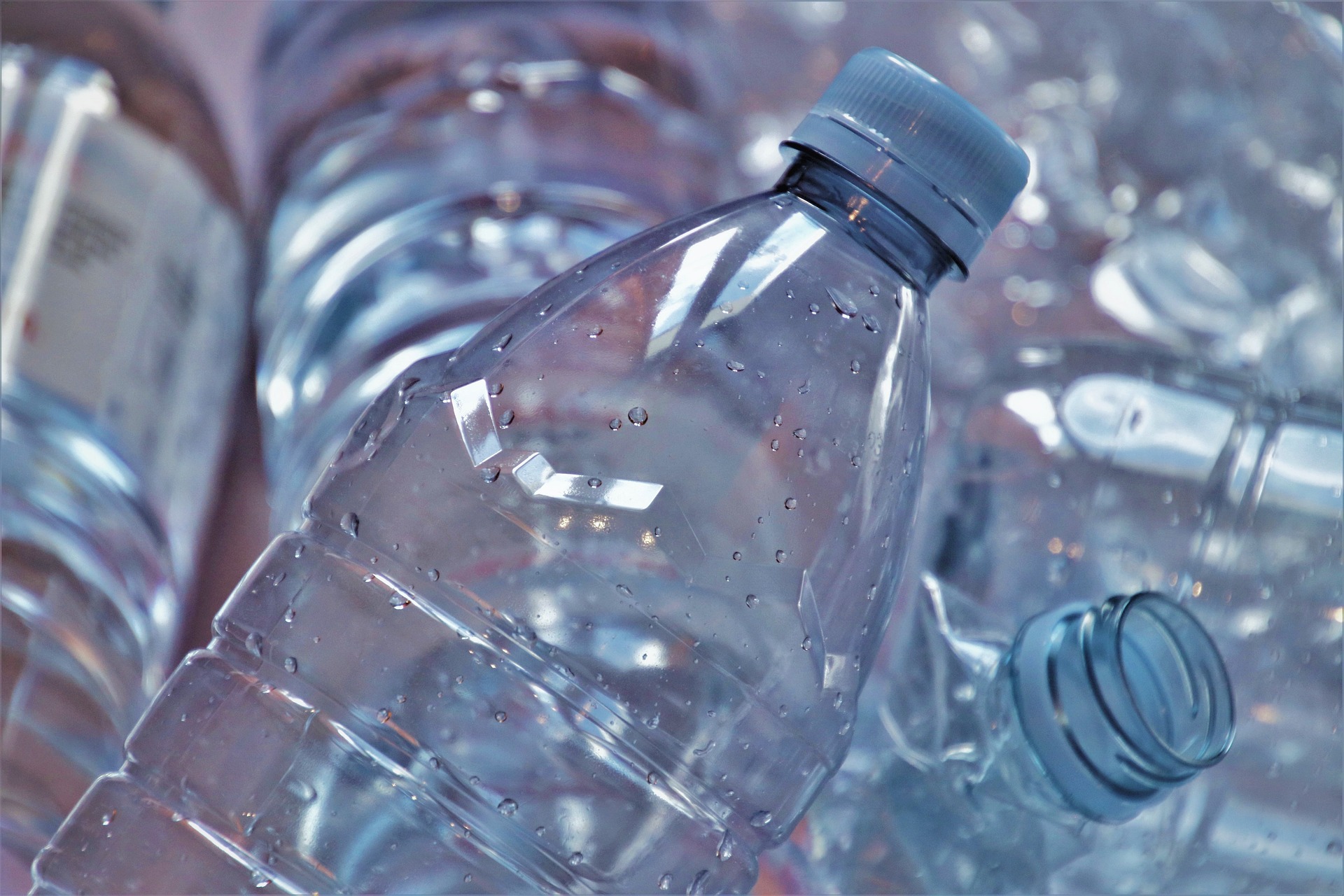
Clinical waste disposal is a critical aspect of healthcare management that ensures the safety of both medical professionals and the general public. The proper handling and disposal of clinical waste minimize the risk of infection, contamination, and environmental damage. Medical facilities generate different types of waste, ranging from sharps and infectious materials to pharmaceutical by-products. Each category of clinical waste requires specific handling methods to ensure compliance with health and safety regulations. This blog post will outline the essential steps involved in clinical waste disposal and highlight the importance of following these procedures meticulously.
Table of Contents
Categorization of Clinical Waste
The first step in clinical waste disposal is the correct categorization of waste. Not all waste generated in healthcare settings is hazardous, and identifying the type of waste is crucial for safe disposal. Clinical waste is generally divided into several categories, including infectious waste, sharps waste, pharmaceutical waste, pathological waste, and general waste. Infectious waste includes materials contaminated with bodily fluids, while sharps waste refers to items like needles and syringes that can cause injury. Pharmaceutical waste consists of expired or unused medications, and pathological waste includes human tissue. By properly categorizing clinical waste, healthcare facilities can ensure that it is treated and disposed of using the appropriate methods, reducing the risk of harm to humans and the environment.
Proper Waste Segregation
Once the clinical waste is categorized, the next step is segregation. Waste segregation is essential for ensuring that different types of waste are treated according to their specific requirements. Healthcare facilities typically use a color-coded clinical waste bin or containers to separate waste. For example, yellow containers are often used for infectious waste, while sharps waste is placed in puncture-resistant containers to prevent injuries. Pharmaceutical waste may be stored in blue containers, while general waste is disposed of in black or green bins. This color-coded system allows healthcare professionals to quickly and efficiently separate waste, ensuring that it is managed appropriately at each stage of disposal. Failure to properly segregate waste can lead to contamination, accidental exposure, or even legal penalties for the healthcare facility.
Safe Handling and Transportation of Waste
After segregation, clinical waste must be handled and transported safely. Healthcare professionals must be trained in handling different types of waste to prevent exposure to hazardous materials. Personal protective equipment (PPE) such as gloves, masks, and gowns should be worn when handling infectious or sharp waste to reduce the risk of infection or injury. The waste containers used for transportation must be secure, leak-proof, and labeled clearly to prevent accidental exposure or mixing with non-hazardous waste. In most cases, clinical waste is transported to specialized facilities where it can be treated and disposed of safely. The transportation process should follow strict protocols to avoid spillage, contamination, or harm to those involved in the process.
Treatment of Clinical Waste
Once clinical waste reaches the disposal facility, it undergoes various treatment processes depending on its category. Infectious waste, for example, is often treated through autoclaving, where high-pressure steam is used to sterilize the waste and eliminate harmful pathogens. Sharps waste is typically incinerated to destroy any potential contaminants and reduce the volume of waste. Pharmaceutical waste may be chemically treated to neutralize hazardous substances, while some pathological waste is also incinerated to prevent contamination. The goal of waste treatment is to render the waste harmless, making it safe for final disposal. The treatment process is one of the most crucial steps in clinical waste disposal, as it ensures that any potentially harmful waste is neutralized before being released into the environment.
Proper Disposal of Treated Waste
After treatment, clinical waste is ready for disposal. Depending on the type of waste, it may be landfilled, incinerated, or sent to a waste-to-energy facility where it is converted into usable energy. The disposal method must comply with local environmental regulations to ensure that the waste does not pose a risk to public health or the environment. In some cases, treated waste can be recycled or repurposed, such as converting incinerated sharps waste into construction materials. However, most clinical waste is ultimately landfilled after treatment to prevent any further risk. Ensuring that waste is properly disposed of after treatment is vital for maintaining a safe and sustainable healthcare environment.
Documentation and Record-Keeping
An often-overlooked step in clinical waste disposal is documentation and record-keeping. Healthcare facilities are required to keep detailed records of how much waste is generated, categorized, treated, and disposed of. This documentation ensures that the facility complies with legal regulations and provides accountability throughout the waste disposal process. Accurate record-keeping is also essential for auditing purposes and can help facilities identify areas where improvements can be made to reduce waste or increase efficiency. In some cases, failure to maintain proper documentation can lead to fines, legal penalties, or even the revocation of a facility’s operating license.
Training and Education
A crucial step in the safe disposal of clinical waste is the training and education of healthcare staff. All personnel involved in the generation, handling, or disposal of clinical waste must be trained in proper procedures to ensure compliance with health and safety standards. This training should cover waste categorization, segregation, handling, transportation, and treatment. Regular refresher courses can also help staff stay updated on any changes to regulations or new best practices. By investing in ongoing education, healthcare facilities can reduce the risk of accidents, contamination, and environmental damage associated with improper clinical waste disposal.
The Importance of Regulatory Compliance
Compliance with local, national, and international regulations is a critical aspect of clinical waste disposal. Regulatory bodies such as the World Health Organization (WHO), the Environmental Protection Agency (EPA), and local health authorities have established guidelines for the safe handling and disposal of medical waste. Healthcare facilities must adhere to these regulations to avoid legal penalties, environmental harm, and public health risks. Regulatory compliance also helps facilities maintain their reputation and trust within the community, ensuring that they provide a safe and responsible service. Regular inspections and audits may be conducted to ensure that healthcare providers follow the required protocols for clinical waste disposal.
Environmental Considerations
Clinical waste disposal also has significant environmental implications. The improper disposal of hazardous waste can lead to contamination of soil, water, and air, posing long-term risks to both ecosystems and human health. By following proper disposal protocols, healthcare facilities can reduce their environmental footprint and contribute to global sustainability efforts. In recent years, there has been a growing emphasis on reducing the amount of waste generated by healthcare facilities and exploring more eco-friendly disposal methods. For example, some facilities are investing in waste-to-energy technologies, where treated waste is converted into renewable energy, reducing reliance on landfills and incineration.

Clinical waste disposal is a complex but essential process that ensures the safety of healthcare workers, patients, and the environment. From the initial categorization and segregation of waste to the final disposal and documentation, each step in the process must be followed with precision and care. Proper training, regulatory compliance, and environmental consideration are critical components of effective waste management. By adhering to best practices in clinical waste disposal, healthcare facilities can protect public health, minimize their environmental impact, and ensure the safe and efficient operation of their services.


